Track my order
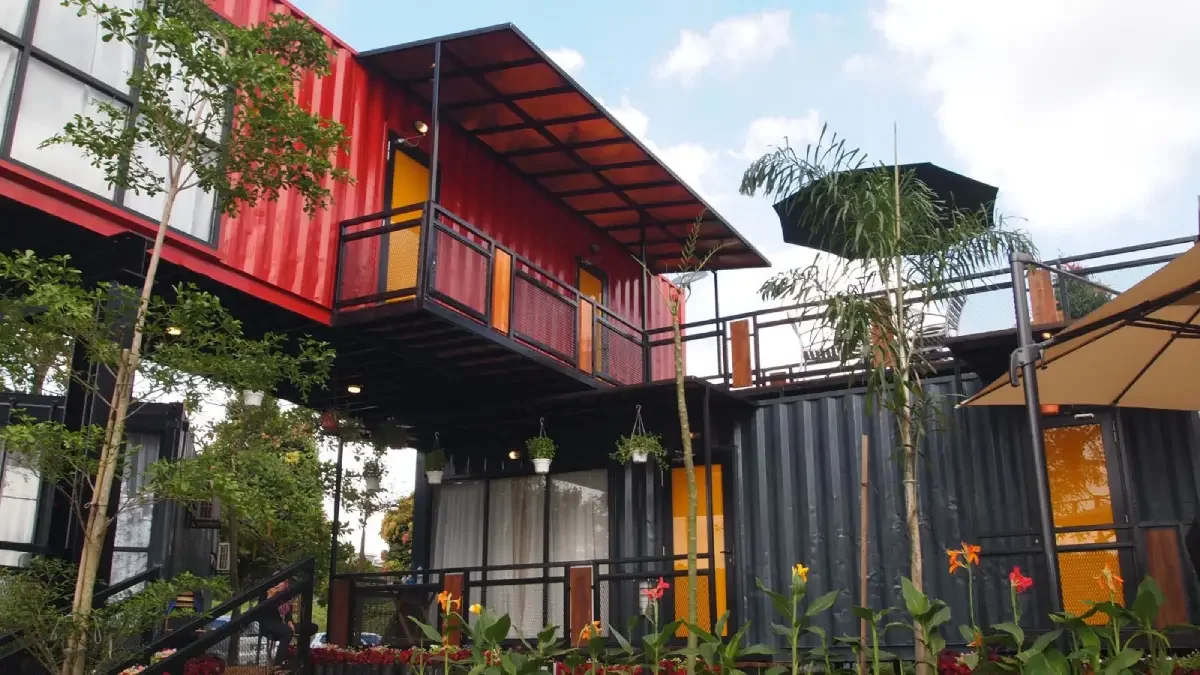
A shipping container won’t look very much like a home when it’s offloaded from the delivery truck. Your shipping container will need quite a few modifications before it can be even described as a functional living space. You can learn exactly what all of the essential modifications are by looking into our blog on how to build a container home. It will cover modifications like preparing the foundation, adding wall insulation, and installing electrical connections.
Even with these practical modifications, your container might not feel as “homey” as you’d like it to. If you don’t put a little effort into your design choices, your shipping container house can feel cramped and tight on space. The interior can look too dark and dim, and the exterior can look maybe a little too “industrial”. These are some pitfalls of bad shipping container home design, and you can avoid them.
How? Before you buy a shipping container, consider these design ideas for shipping container homes.
Avoiding a Constricted Space
If you make the wrong design choices, you could build yourself a shipping container home that feels way too small and cramped. There are several things that you can do to optimize the space inside your container home.
Choose a Larger Container
Don’t pick try and save by choosing the smaller container to design your shipping container house. Instead of picking a standard 20ft container, get a 40ft container. A standard 20ft container provides 160 square feet, while a standard 40ft container provides 320 square feet. The longer size will give you some more floor space to work with.
You can also choose a high-cube container instead of a standard-height container. High cube containers are a foot taller than standard options, leaving you with just a slightly taller ceiling. To learn more, you can read our blog post on the different shipping container sizes for homes available.
Insulate Outdoors
Insulation can protect your indoor space from extreme temperatures and mitigate condensation. Too much condensation can cause the shipping container’s original walls to rust. It can also cause problems like mold, mildew, and other types of water damage.
One small problem with insulation is that it will take up some of the square footage inside your container. To conserve space, don’t skip insulation altogether. Instead, put the insulation on the outside of the container and cover it in cladding. This allows your container to still have a protective barrier against cold, heat, and condensation and gives you a little more space inside.
Stack Your Containers
Of course, you can always add more space to your container home with the help of another container. Shipping containers are modular and are designed to be stacked side-by-side and on top of each other while sitting in a shipyard. That means they can be stacked side-by-side and on top of each other to create a larger container home. You can add more floor space, extend ceiling heights or add above-ground floors to the structure.

Sachi Fujimori’s Casa Reciclada
If you’re a fan of modern design, you can get experimental with the way that you stack the containers. You can cantilever one container above a bottom container to create a floating second floor, like the Casa Reciclada in Peru. Or you can angle multiple containers to create a unique shape, like the Starburst House in California.
Using more containers to create an eye-catching structure is a great idea if you intend to build a container home Airbnb as a side hustle. Shipping container homes with unique designs will stand out from the other listings on the vacation rental site. You’re bound to get more bookings for posting a listing that’s “outside of the box.”
Use for Additional Space
Another way that you can use other shipping containers to create more space is to turn them into secondary buildings. For instance, you could design a shipping container garden shed where you keep your seasonal items like patio furniture and lawn care equipment. Or you could design a shipping container work shed where you can tinker in your free time. Both types of shed designs will allow you to store items outside of your primary shipping container home and free up more space.

Avoiding a Dark Interior
A shipping container doesn’t provide much access to natural light. With the main doors closed, it’s pitch black inside. So, what interior design changes can you make to your shipping container house so that it’s bright and warm?
Install Big Windows
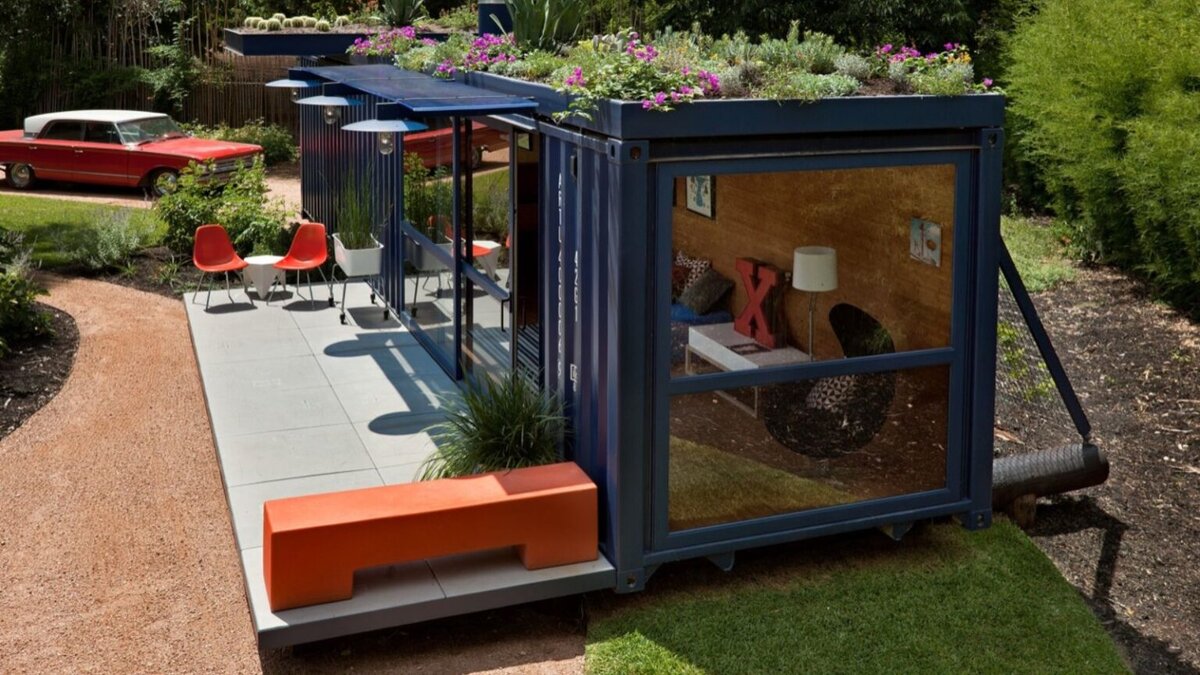
Container Guest House by Poteet Architects
One simple interior design change that will brighten up your shipping container is installing large windows. Adding large windows brings in more natural light and brightens up the interior. It also opens up the space and creates the optical illusion of more square footage than there actually is.
To get the best results, install floor-to-ceiling picture windows and sliding glass doors along your container walls. For example, look at the Container Guest House in Texas designed by the Poteet Architects.
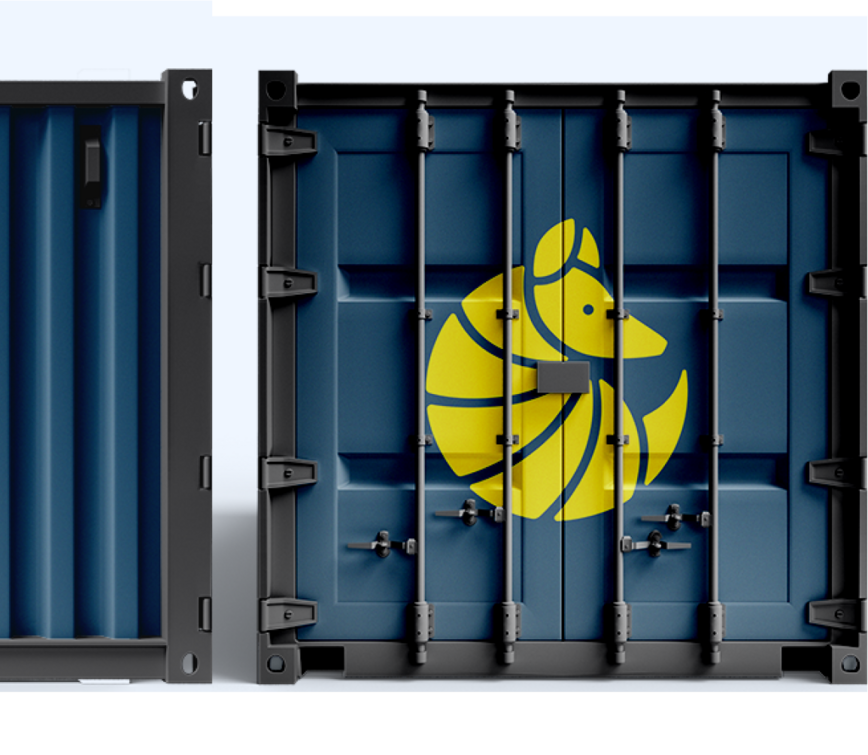
Paint It White
Another interior design idea that can make your shipping container home much brighter is painting the walls white. White is a shade that reflects light, whereas darker shades like black absorb light. White walls will reflect both natural and electrical light around the container home and make it look bright.
Remember to choose the right paint finish for your walls. A matte paint finish will not be as effective at reflecting light as a high-gloss, semi-gloss, or satin finish.
Avoiding an Industrial Look
You don’t want your shipping container home to look too “industrial.” It can look too much like a cargo container instead of a comfortable living space and stand out like a sore thumb in your neighborhood. These are some design ideas that can make shipping container homes more appealing.
Repaint It
Shipping container manufacturers coat the containers with a layer of marine-grade paint to protect the corrugated steel walls from rusting too quickly. If you don’t like your shipping container home’s original paint color, you can spruce it up with a fresh coat of paint in the color of your choice. Remember to choose a marine-grade, direct-to-metal paint for the project. Read our blog on painting shipping containers for more details.
Use Cladding
If you don’t want to paint over your shipping container’s exterior, you can cover it in cladding. This is ideal if you intend to insulate the exterior walls. There are different cladding materials for you to choose from, depending on your budget and personal style. For instance, wooden cladding will give your shipping container home a more natural, rustic design.
By following the right design tips, your shipping container home won’t be too cramped, dark, or rough-looking. You can make your container become home sweet home.

About Nina Barango
Nina Barango is an experienced content marketer and container expert with a proven track record in the tech and logistics industry. Having worked with various startups and SMEs, she bridges the world of marketing, tech and shipping containers. When she's not creating content that'll revolutionize global container trade, you can find Nina reading a book or mastering her video editing skills.
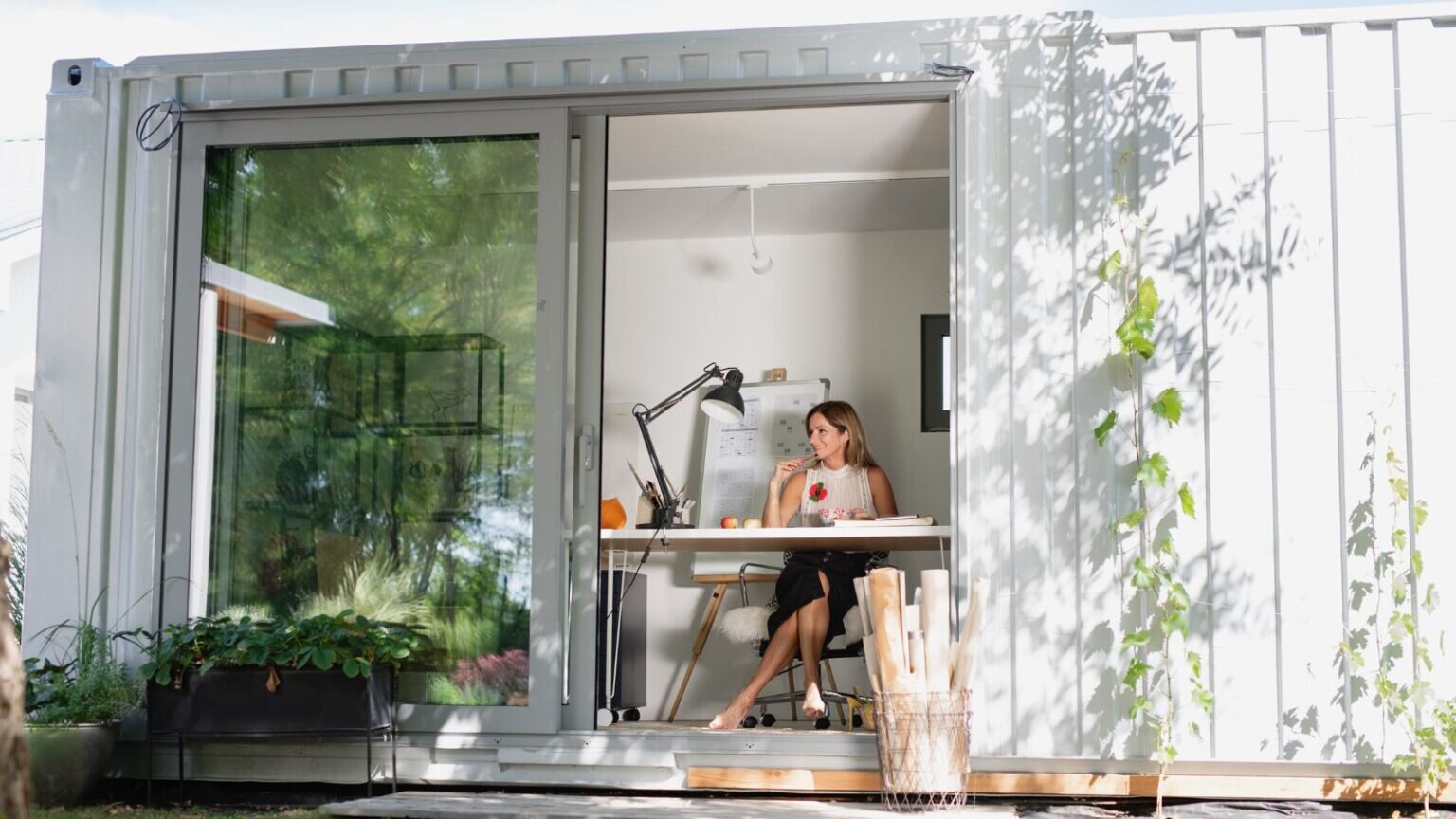

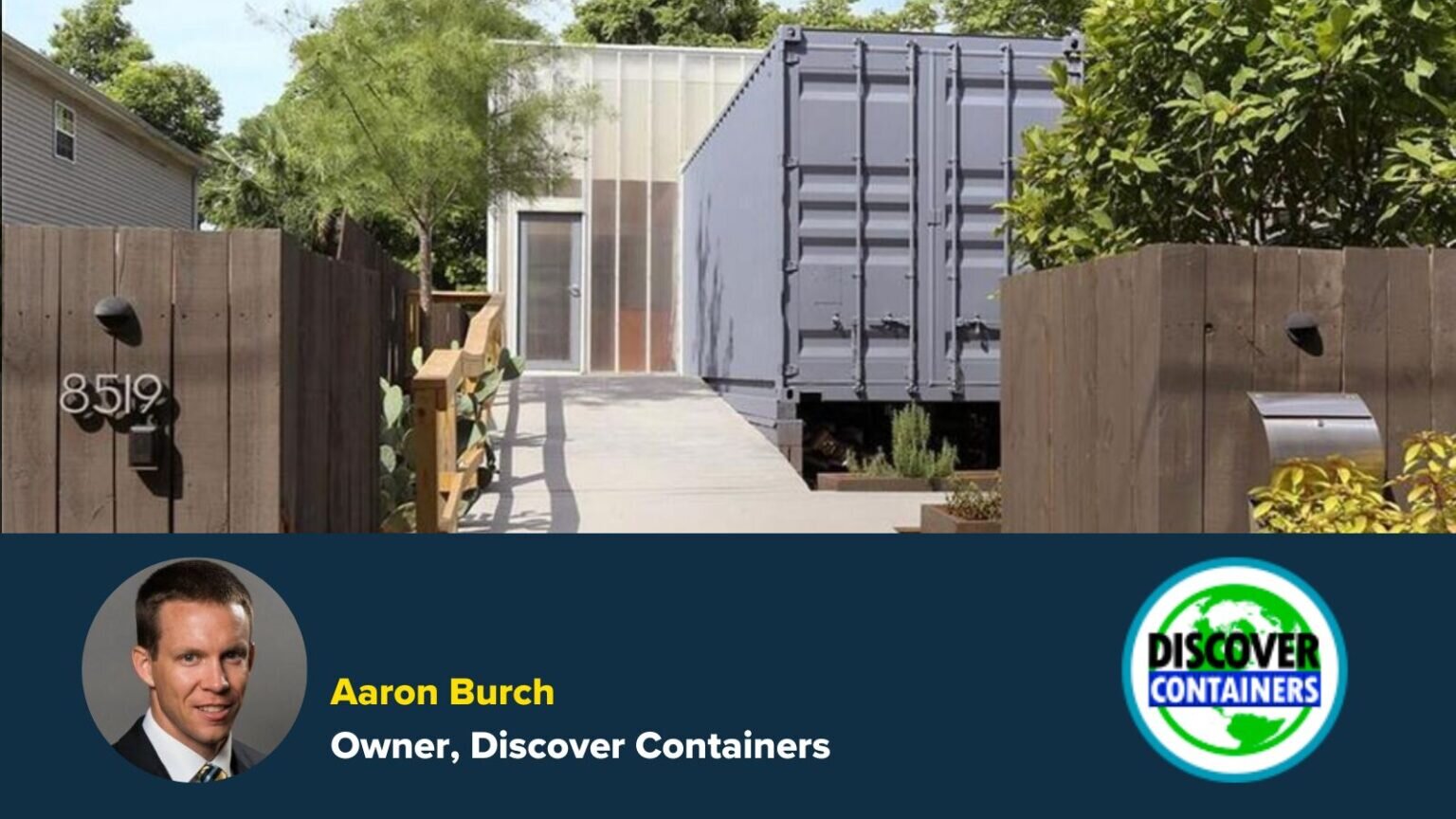

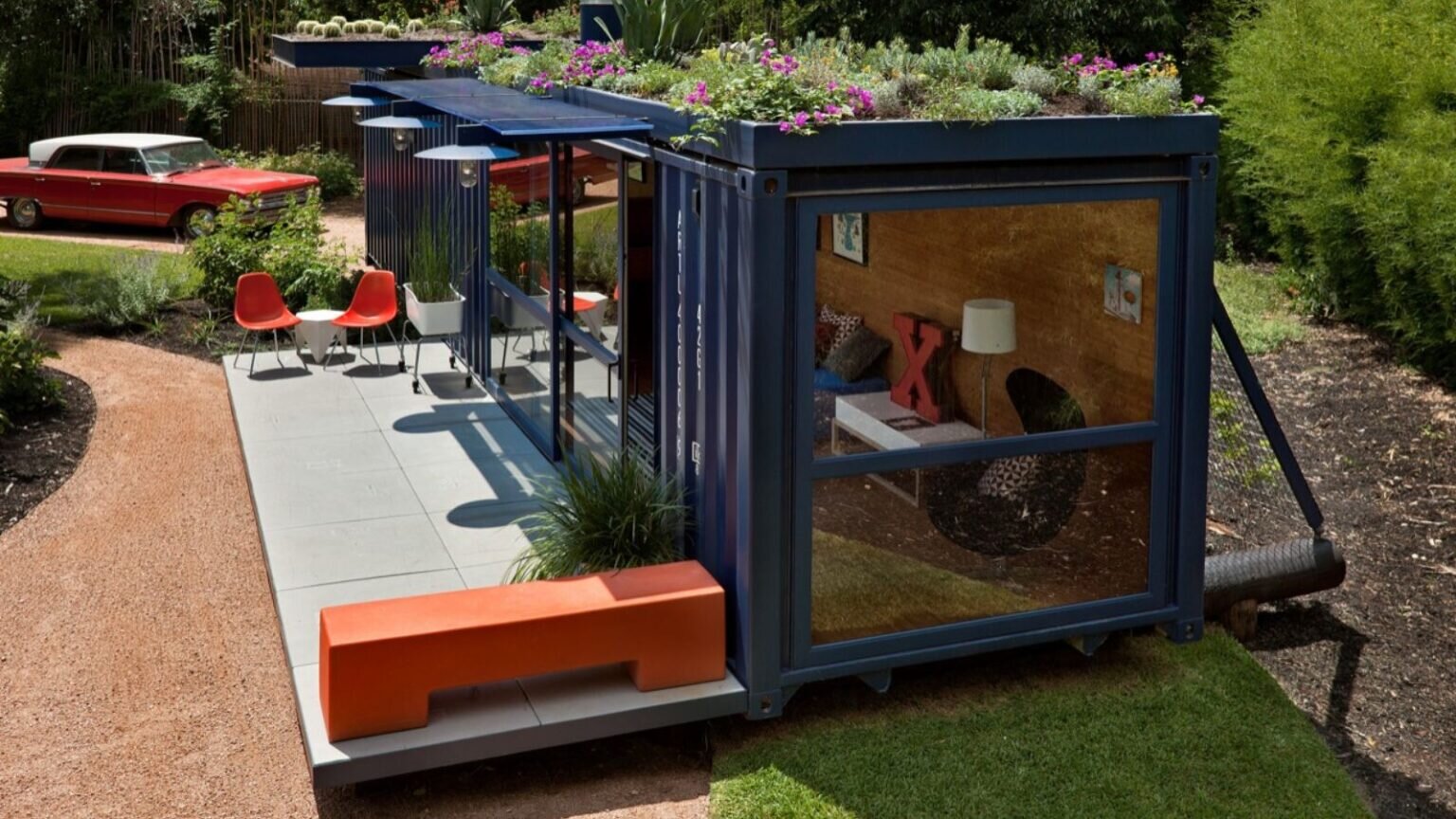


Continue Shopping
Loading cart

